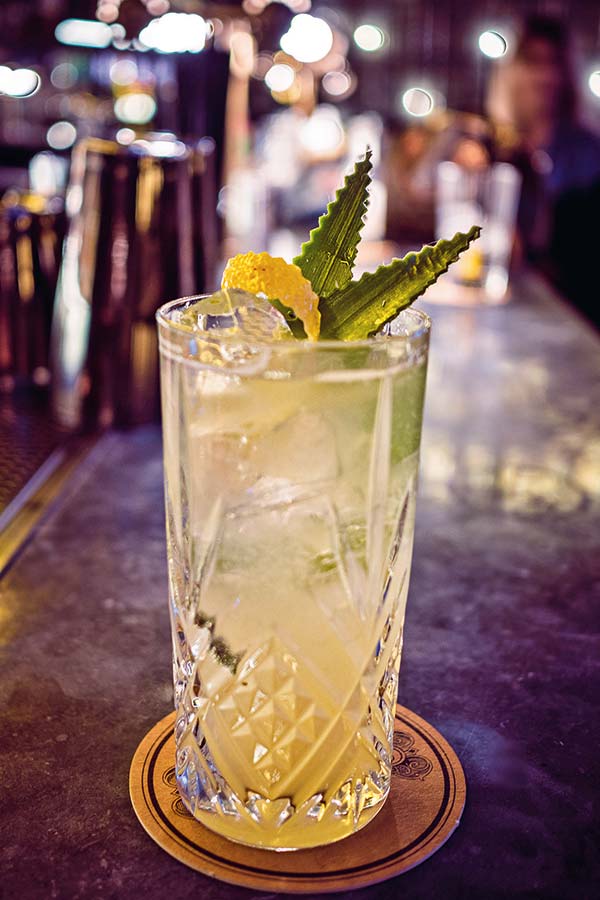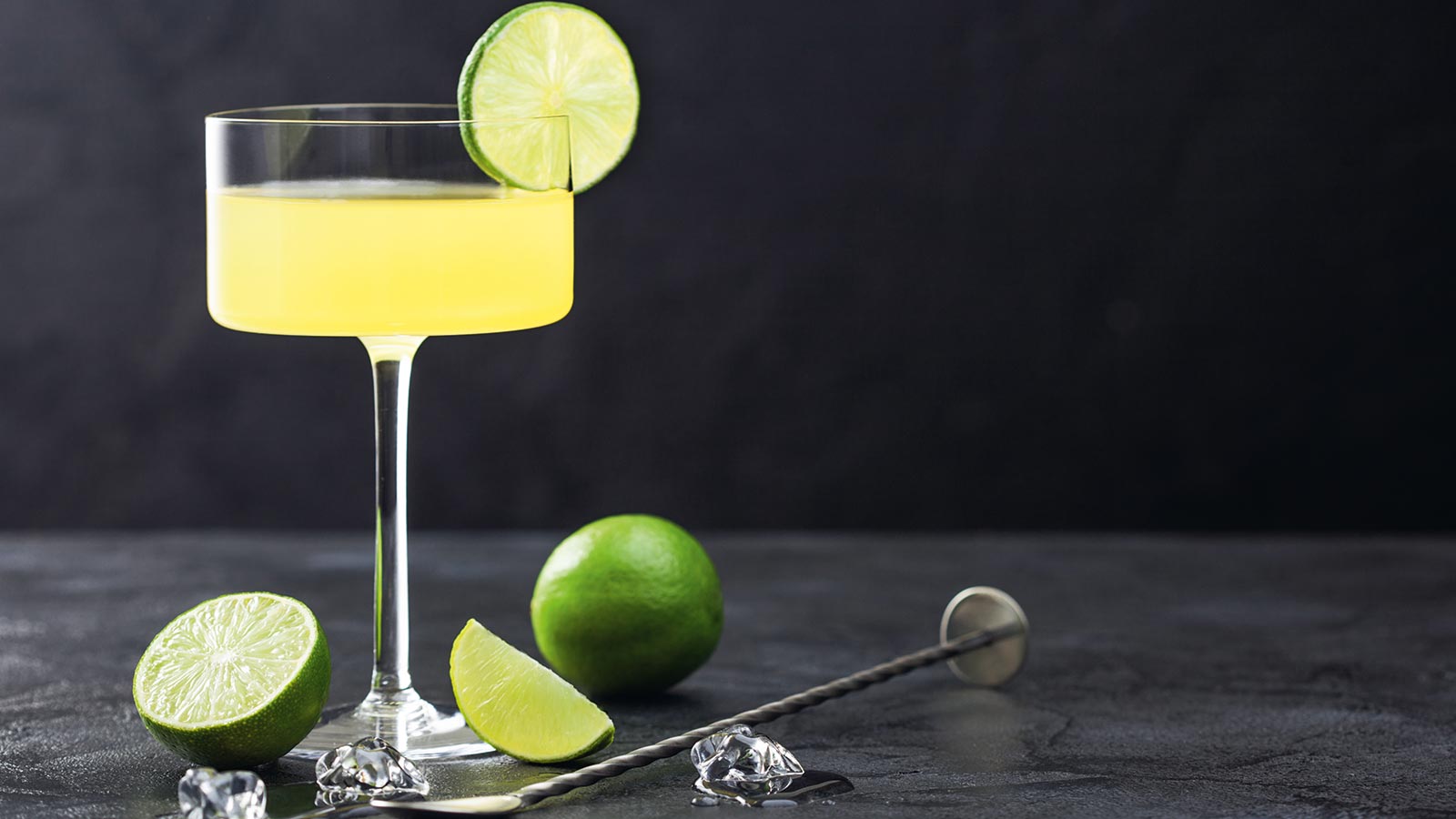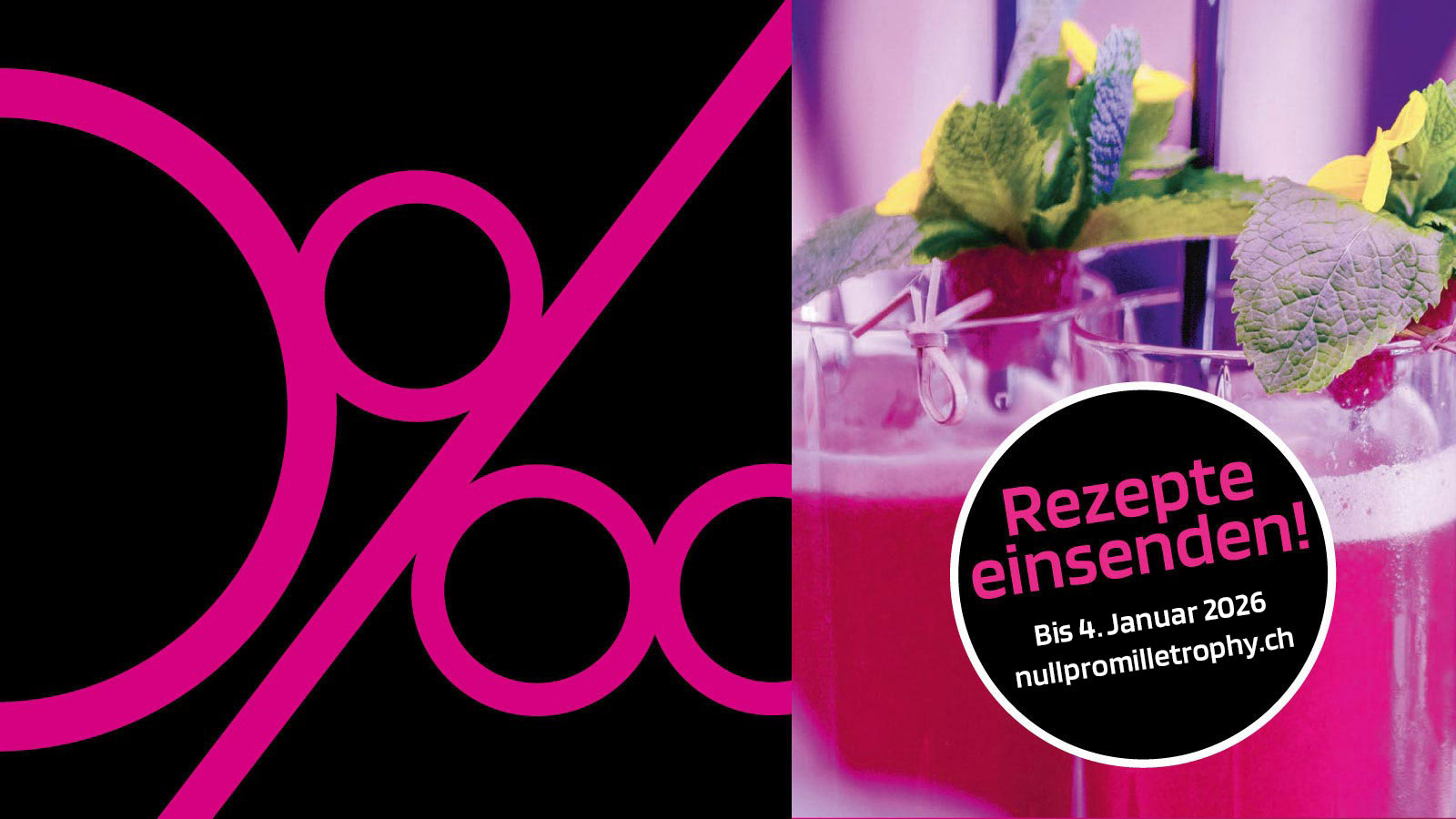What a pleasure to tell you about cordials in the following lines, as they are a diverse, complex and sometimes somewhat blurred category. Let's jump back to their origins.
They were used behind the bar as far back as the 18th century and after an era when they almost fell off the radar, they have made their way back into our cocktails thanks to modern barmaids and bartenders and their creativity around the homemade ingredients trend.
History seems to repeat itself, but in this case we are far, far away from the Lime Cordial that was gathering dust on the bottle shelf, waiting to be used for a potential gimlet.
But what is a Cordial? Well, the answer is not so easy to find, but let's clarify it in detail. Because there is already a big difference between the British and the American definition!
On the other side of the Atlantic, a cordial is usually a spirit, sweetened and flavoured with all kinds of fruits, plants or spices. At the time, they were said to have medicinal properties. The American cordial therefore corresponds more to our understanding of a liqueur.
More syrup than liqueur
On the old continent, on the other hand, the definition mainly called for a non-alcoholic preparation, but this was also attributed medicinal properties. On our side of the Atlantic, a cordial is therefore more reminiscent of a syrup made from fresh fruit juice and sugar, but without the addition of water.
In modern times, however, a cordial can easily be made (like a syrup) from plants, fruits, spices, water and sugar. Usually, one also adds a portion of acid to it - either in the form of citric acid or any other source of acid - but this is not absolutely necessary. But acid brings another advantage besides freshness, because it allows the cordial to be stored for longer.
But acid brings another advantage besides freshness, because it allows the cordial to be stored for longer.
As if the two different definitions were not misleading enough, there are similar products with a different name. One example: squashes. These are a thoroughly British invention and, as far as I can remember, I have never come across them in Switzerland. Nevertheless, it is helpful to know the difference. By definition, a squash is a cordial.
It is alcohol-free, sugar- and water-based, mixed with a fruit juice concentrate. It is used to flavour a beer or simply instead of a syrup. Compared to cordial, however, it is usually less thick or syrupy.
That's why cordials are high on the agenda today
So as you can see, the term has several definitions, recipes and uses. But how can these definitions be broken down quite simply? It would probably not be wrong to say that all cordials are syrups, but not all syrups are cordials. Cordials are more complex in their preparation and often also in their aroma.
With a cordial, you don't have to follow the 1:1 or the 2:1 ratio of sugar and water as with syrup. This is because with a cordial you look for an individual balance of taste, sweetness and acidity. This makes the whole story more complex, but also much more fun to make.
At a time when pre-batched cocktails are increasingly setting the pace behind the bar, cordials are indispensable for anyone who wants to make a drink at the speed of light, but without compromising on quality.
A spirit mixed with a cordial and optionally supplemented with a juice or filler is enough to satisfy the taste buds of even the most demanding guests.
Caribbean Cooler

| 5 cl | White rum |
| 1.5 cl | Lemon juice |
| 5 cl | Pineapple Sage Cordial* |
| 2 | Sage leaves |
| Top up | Soda |
Decoration: Pineapple leaf, lemon zest
Preparation: Lightly muddle the sage and lemon juice with the muddler. Shake ingredients and double strain into a highball glass. Top up with soda.
Pineapple Sage Cordial
400 g Pineapple juice (centrifuged)
50 g White sugar
3 g Citric acid
80 g Fresh sage
Preparation: Put all the ingredients except the sage in a large container and mix with a blender. Add the sage and leave to infuse for 90 minutes. Stir regularly. Filter and consume in the refrigerator within two weeks.





